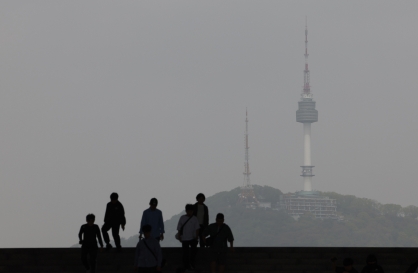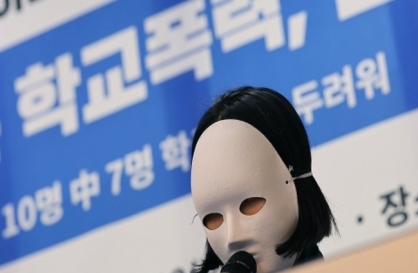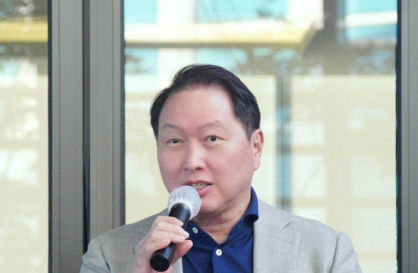S. Korea's welfare spending 2nd lowest among OECD nations: report
By 박한나Published : Dec. 26, 2012 - 15:57
South Korea spends much less on public welfare than most other advanced countries compared to its gross domestic product (GDP), but the growth rate of its social expenditure far outpaces them, a report showed Wednesday.
According to the report by the state-run Korea Institute for Health and Social Affairs, the ratio of South Korea's welfare spending to its GDP stood at 9.4 percent in 2009, the second lowest among 30 members of the Organization for Economic Cooperation and Development (OECD).
The figure is less than half the average of OECD countries, which came to 22.1 percent, the report added.
France had the highest ratio of 32.1 percent, followed by Denmark at 30.2 percent and Sweden at 29.8 percent, according to the report. Belgium came next at 29.7 percent while Finland was in fifth place with 29.4 percent. Mexico had the lowest ratio of 8.2 percent.
"There is a need to increase expenditure on public welfare in general, and in particular, more should be spent on solving family-related issues including the country's low birthrate problem," said Koh Kyeong-hwan, a researcher at the institute.
Of the total spending on welfare, expenditure for the elderly population in South Korea was the fifth lowest at 25 percent of the total GDP, far below the OECD average of 40 percent, while spending for nuclear families was the lowest with a ratio of 0.8 percent, the report showed.
Despite the relatively low social expenditure, the country's public welfare spending expanded at the fastest rate among developed nations.
The real growth rate of South Korea's welfare expenditure stood at an annual average of 37 percent in the 2007-2012 period, nearly four times the OECD average of about 10 percent, the report said.
Meanwhile, Asia's fourth-largest economy was found to be the only country among OECD members whose expected increase in public pension expenditure is forecast to be higher than the growth rate of the country's elderly population in the 2009-2025 period, according to the report. (Yonhap News)



![[AtoZ Korean Mind] Does your job define who you are? Should it?](http://res.heraldm.com/phpwas/restmb_idxmake.php?idx=644&simg=/content/image/2024/05/06/20240506050099_0.jpg&u=)














![[K-pop's dilemma] Is Hybe-Ador conflict a case of growing pains?](http://res.heraldm.com/phpwas/restmb_idxmake.php?idx=642&simg=/content/image/2024/05/07/20240507050746_0.jpg&u=)